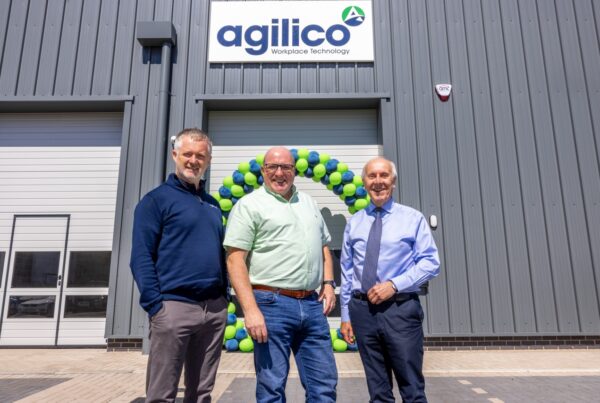’Going digital’ is a phrase firmly in the lexicon of modern business – but what does it really mean and what type and scale of change does it require of progressive legal firms?
With pricing pressures and operational efficiency cited as the top two challenges for the legal sector, embracing digital innovation and finding new ways of working has become a key consideration in firms’ plights to improve process efficiency and practice profitability.
However, the phrase ’going digital’ is vague and ambiguous, meaning different things to different people. Unless a management team has a shared vision of what going digital means for that practice, confusion and ultimately project failure will reign.
Management consulting firm McKinsey company highlights the importance of “pausing to clarify vocabulary and sharpen language“ in order to make digital projects succeed and has sought to clarify the definition of ’going digital’ by distilling it into three main areas. The first is in relation to using digital solutions to innovate and re-examine how business is done. The second is more customer-focused, looking at how digital solutions can improve the customer experience and the third is in relation to the technological and organisational processes that “allow an organisation to be agile and fast“.
Determining the business objective of digital transformation casts the foundation for a change programme that delivers, as transatlantic law firm Womble Bond Dickinson (WBD) knows all too well. 74% of lawyers believe that automating manual tasks such as workflow or task flow has the potential to drive the greatest process improvement and WBD subscribed to that view too. Its decision to ’go digital’ in nine UK offices was grounded in a desire to be more agile and efficient in its commitment to meeting customers’ needs. In particular, this meant finding ways to dramatically reduce its reliance on and consumption of paper, by investing in smarter working practices and digital workflows.
74% of lawyers believe that automating manual tasks such as workflow or task flow has the potential to drive the greatest process improvement
A typical law firm with 100 staff will consume two million sheets of paper or 238 paper generating trees each year.
For WBD with 700 staff in 9 UK offices, the annual paper consumption was colossal and twice the height of the world’s tallest building, the Burj Khalifa at 1,656 metres.
It was the introduction of our print management services, coupled with smarter working practices and enhanced digital workflows, that made it possible for WBD to reduce paper consumption by 20%, overhaul operational efficiency and ensure successful digital transformation. This outcome wasn’t just the result of new software and hardware though, it was borne out of a re-examination of how WBD does business. Careful observation and auditing by our team built a detailed understanding of WBD’s processes and behaviours and where the operational stumbling blocks were. This information quickly revealed that 600 trees of unnecessary document creation could be eliminated across their UK operations, as well as the stress that comes with document printing, capture and management on a large scale.
A more resilient, consistent and customised printing and scanning platform is now in place. WBD’s new 60-strong Canon MFP fleet has bespoke connectors and simplified workflows, with one driver and a common platform, meeting all required scanning, imaging and document creation needs. The print environment is more flexible and secure and requires users’ unique ID cards to release stored jobs.
The new eCopy-enabled Canon MFP platform also leverages WBD’s existing investment in key legal systems, including cost recovery (Copitrak) and information and client management (Interwoven). There is now increased user satisfaction, device availability and productivity through improved digital document workflows and stress-free printing. One single billing per page helps with accountability, disbursement and fixed costs.
In the first month following its introduction, WBD reduced its paper consumption by 200,000 pages, a figure that was topped shortly after with another monthly saving of 700,000 pages as its team continued to adjust to the new way of working. The energy saved from lower paper usage in the first year will equate to the total energy used in the Aberdeen office in one year and the time wasted chasing paper is now invested into more meaningful work that contributes to bottom-line profitability and client satisfaction.
The success of this project stemmed from WBD’s clear objectives, all enabled through careful consultation, auditing and latterly, a comprehensive training and support programme to ensure a successful roll-out and adoption across all staff In just [insert number] months, the new platform and enhancements are providing measurable, sustainable improvements in financial and environmental performance, with cost control and waste reduction supporting Womble Bond Dickinson’s corporate social responsibility initiatives.
Conclusion
’Going digital’ requires an understanding of the people-orientated dynamics of business and uses digital capabilities to enhance and improve their efficiency. Investment in technology is only a small part of the process and should not be considered the sum total of digital transformation. The concept of ’going digital is centred on unlocking growth and changing the very nature of how businesses and people operate.



